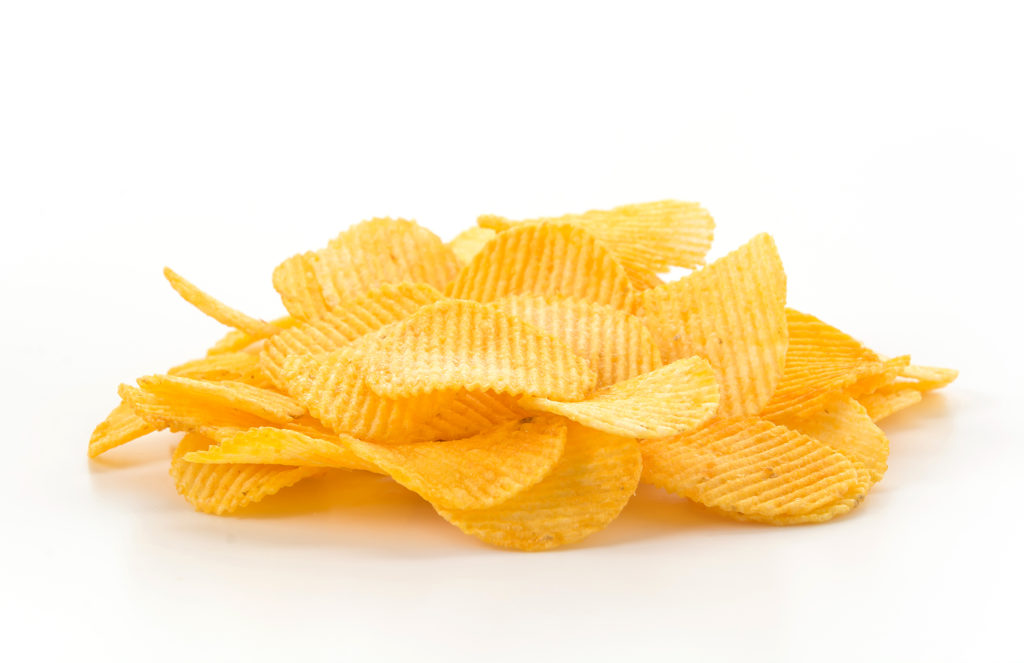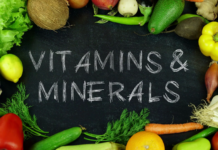Why Is Butylated Hydroxyanisole in Our Foods?
Butylated hydroxyanisole more commonly known as BHA, is a phenol-based food preservative that serves as an antioxidant for food. It prevents food from going rancid likely at the expense of your internal organs. Due to a recent study that found it causes cancer in laboratory animals, the U.S. Department of Health and Human Services has labeled BHA as “reasonably anticipated to be a human carcinogen.” Besides your food, you’ll find it in medicines, food packaging and animal feed.
BHA is found in:
- potato chips
- lard
- butter
- cereal
- instant mashed potatoes
- preserved meat
- beer
- baked goods
- dry beverage
- and dessert mixes
- chewing gum, and other foods.
- rubber
- petroleum products
- and, of course, wax food packaging.
It is a waxy solid used as a food additive with the E number E320. The primary use for BHA is as an antioxidant and preservative in food, food packaging, animal feed, cosmetics, rubber, and petroleum products. Butylated Hydroxyanisole also is commonly used in medicines, such as isotretinoin, lovastatin, and simvastatin, among others.

Since 1947, BHA has been added to edible fats and fat-containing foods for its antioxidant properties as it prevents rancidification of food which creates objectionable odors.

ANIMAL STUDIES: Dietary exposure to BHA caused benign and malignant tumors of the forestomach (papilloma and squamous-cell carcinoma) in rats of both sexes and in male mice and hamsters due to increased lifespan of the animals compared to control.

Human Toxicity Excerpts:
SIGNS AND SYMPTOMS – Researchers described human sensitization to BHA plus BHT (butylated hydroxytoluene) in patients fed 125 mg of each chemical. After challenge, acute symptoms consisted of exacerbation of vasomotor rhinitis, headaches, asthma, flushing, suffusion of conjunctiva, occasional dull retrosternal pain, marked diaphoresis and somnolence.
© Copyright – Hector Sectzer

















